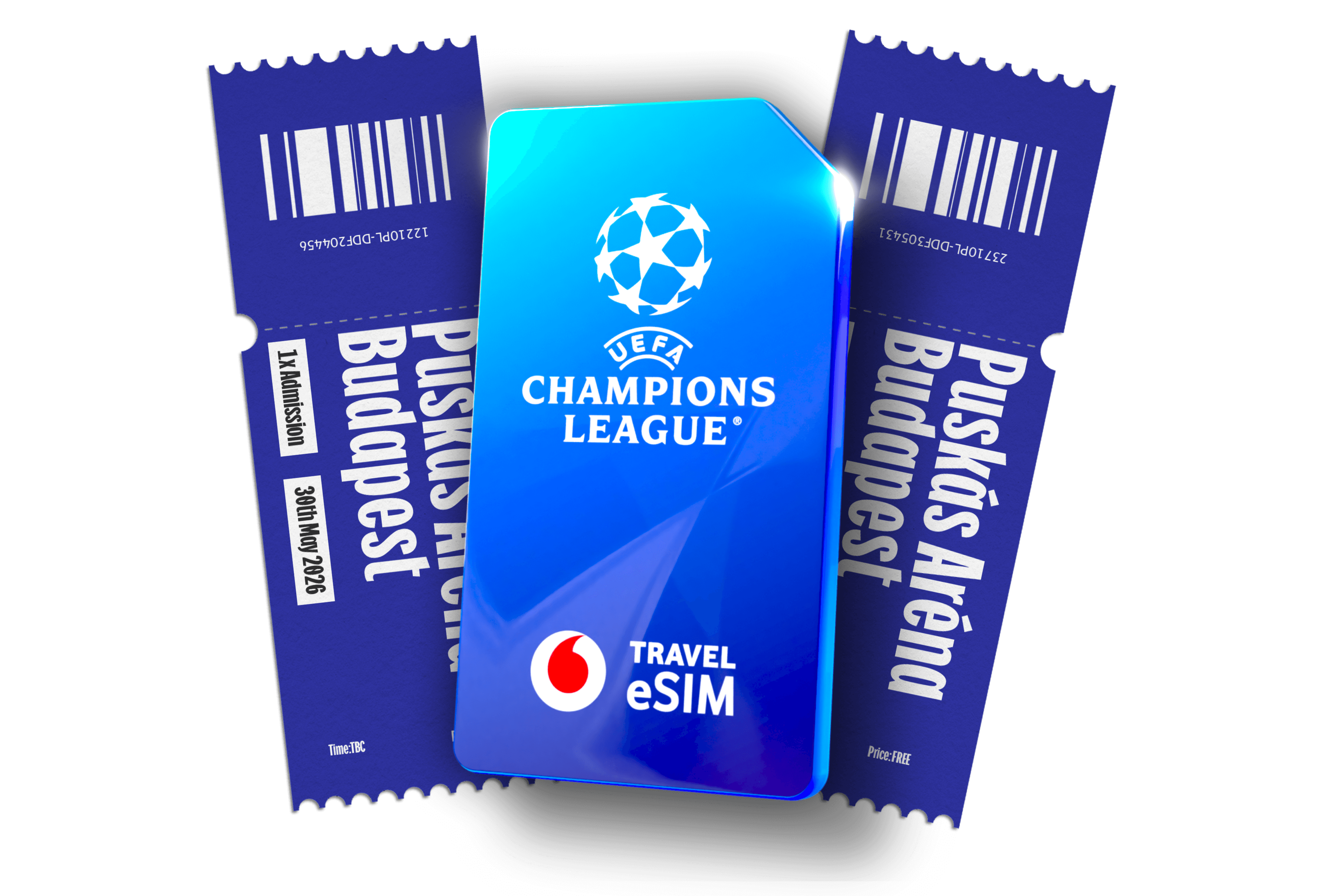What do you do after scoring one of the most memorable goals in your club’s history? Keep calm and carry on, says Celtic legend Shunsuke Nakamura
It’s perhaps Celtic’s most memorable goal in the European Cup since Stevie Chalmers’ winner against Inter in the 1967 final. Celtic are at home to Manchester United in the 2006/07 Champions League and the game is goalless with nine minutes to play. Nemanja Vidić brings down Jiří Jarošík and Celtic are awarded a free-kick. Thirty yards out, Shunsuke Nakamura places the ball, waiting for the referee to line up the wall and blow his whistle.
The Japan international pauses, taking his time, then whips a vicious, curling, dipping free-kick over the wall and high into the top corner. Edwin van der Sar dives high to his left, but can get nowhere near the ball. A packed Celtic Park goes wild. The home fans have more reason to cheer when Artur Boruc saves Louis Saha’s penalty with seconds left, ensuring Nakamura’s strike takes Celtic through to the last 16 of the Champions League for the first time.
“Until then I hadn’t done anything, so I thought this was my first and last opportunity to do my job,” says Nakamura. “When I put the ball down it was quite far out, but I had no hesitation in how to kick it. During free-kicks, there is no pressure. And the fans, the Celtic fans, are great, passionate. There was nothing to fear even if I had missed the kick. My opponent was Van der Sar, but I focused on the kick as much as I could. I wasn’t thinking about anything, my mind was empty. It didn’t feel like time had stopped – rather, I don’t really remember it. Afterwards, when I saw it on TV, I thought, ‘Why was I so happy?’ The ball curved a lot. I really surprised myself. The coach, [Gordon] Strachan, was also surprised, and asked me why I had shot from so far out!
“It seemed unbelievable and I didn’t really know what had happened. The fans cheered and all of a sudden I was excited. And even more, I had been able to score against Man United. I was really happy.”
So how did it feel to be the hero, the man who had scored such a spectacular winner against such a storied side? “Everyone was talking about it a lot but, personally, I’m the kind of person who gets over it pretty quickly. I went to the gym to recover and didn’t go out to eat with people, but just went home and continued to lead my normal life. That’s the kind of person I am. I switched my mindset to the next match.”
Celtic fans, meanwhile, are still enjoying the moment.

























